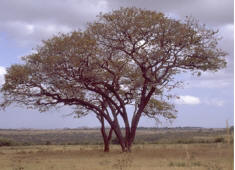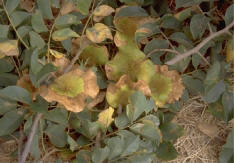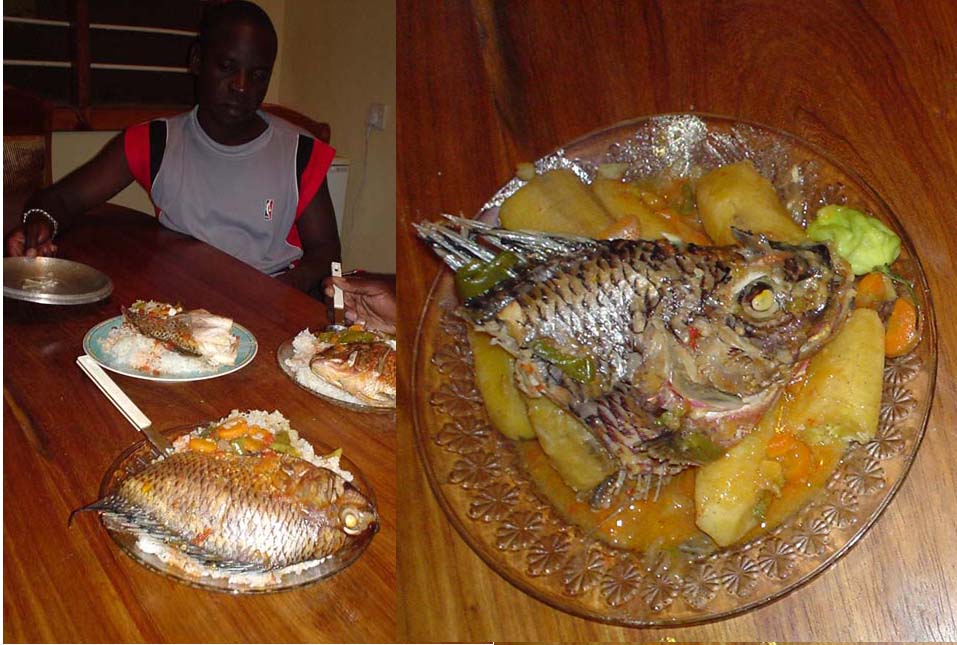
| Greetings Home |
| Previous Greeting |
| Next Greeting |
| Previous Dhow Logbook |
| Next Dhow Logbook |
Crtd 05-05-13 Lastedit 14-08-20
Everything You Always Wanted to Know About Mninga But Were Afraid to Ask

The Mninga Tree
Distribution and habitat The species is indigenous to East Africa from Tanzania to S. Africa. It occurs in Malawi, Mozambique, Zambia, Zimbabwe and Botswana. Its occurrence in the western parts of southern Africa is uncertain. It is found in Miombo woodlands but rarely in pure stands and sometimes as stunted trees in wooded grassland on mountain tops. In South Africa, it usually grows in the lowveld in woodland and bushveld in deep sandy soil and sometimes on hillsides. It prefers well-drained soils, is sensitive to frost and reputed to be resistant to fire. Within the area of natural distribution it is found at 0-1650 m altitude and annual rainfall of 700-1500 mm.
Botanical description Medium to large tree, up to 16 m tall. Dark grey to brown, rough bark, longitudinally fissured. The bark exudes a blood-red, sticky substance when injured. Leaves alternate, imparipinnate with 5-9 pairs of subopposite to alternate leaflets. Leaflets ellipticlanceolate to obovate, 2.5 - 7 cm long, 2-4.5 cm wide. Leaflet margins entire. Inflorescences large, 10-20 cm long, axillary or terminal panicles. Flowers orangeyellow, sweetly scented.
Fruit: large, 8-12 cm diameter circular

The Mninga Pods
Click on
this thumbnail to make your own
mninga desktop background

Still life with fish and (varnished) mninga
More about mninga: http://www.dfsc.dk/pdf/Seedleaflets/Pterocarpus%20angolensis_int.pdf.
About hardwood tree protection see corruption
| Greetings Home |
| Previous Greeting |
| Next greeting |
| Previous Dhow Logbook |
| Next Dhow Logbook |